WELCOME
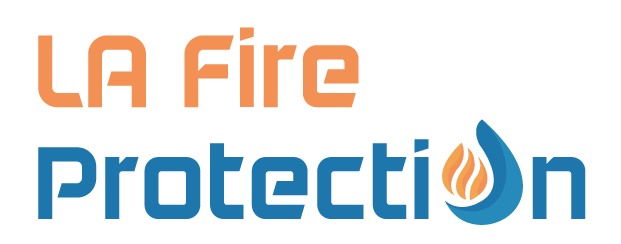
We are a modern company with old-fashioned values. Our continuing education keeps us abreast of new fire and safety methods and techniques. We realize that there is no substitute for repeat and referral business. That is why customer satisfaction is still our number-one business asset.
Our goal is simple to provide fast, professional service at competitive prices. Whether you are starting a new business or just need an inspection, we want to be the fire service company you call first. Our highly skilled service team will assess your needs and discuss your options with you.
Our Services
Fire Sprinklers
We offer design , installation, training and testing for a complete range of fire sprinkler services for both residential and commercial buildings. Our purpose is to assist our clients in completing their fire protection projects on time and under budget while concentrating on public safety and property protection.
-
 Inspections & Installations
Inspections & Installations
-
 New & Existing Commercial or Residential
New & Existing Commercial or Residential
-
 Annual Service
Annual Service
-
 5 Year Certifications
5 Year Certifications
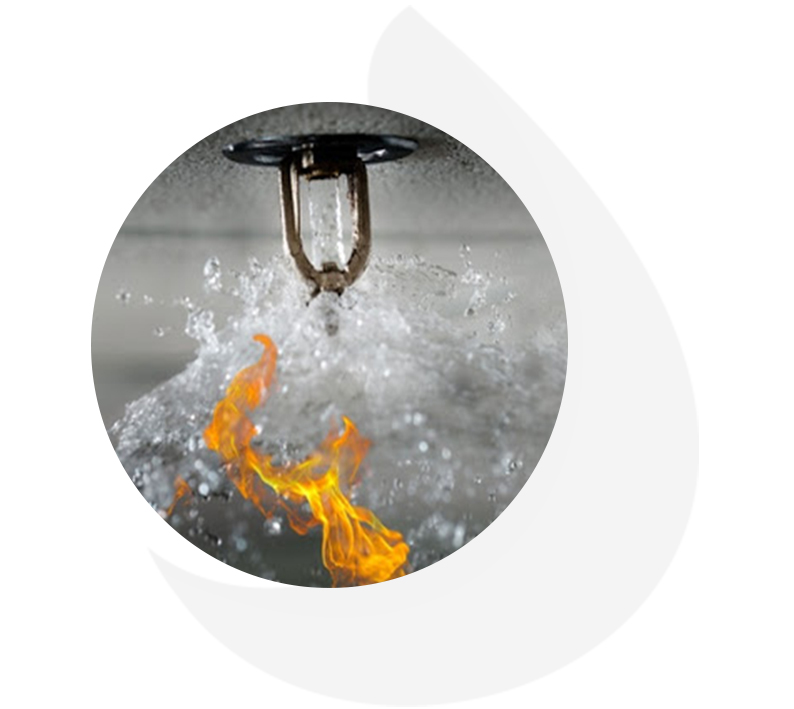
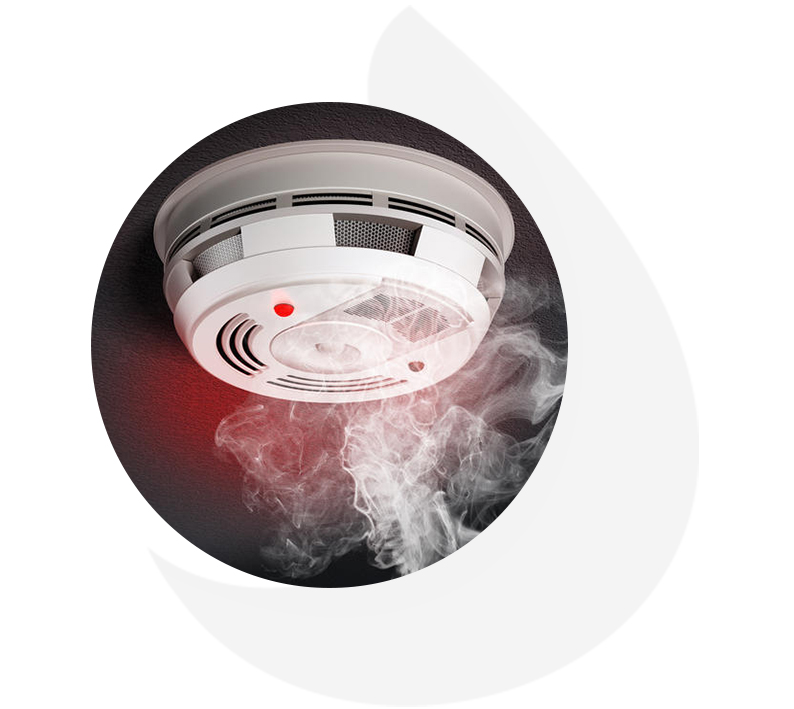
Fire Alarms
Fire Protection’s professional fire protection technicians provide design, installation, programming, and training of automatic detection and fire alarm systems for a wide variety of standard and special systems. This allows us to provide the best possible service to all of our customers, from start to finish
-
 Inspections & Installations
Inspections & Installations
-
 Annual Service
Annual Service
-
 Exit & Emergency Lighting
Exit & Emergency Lighting
-
 New & Existing Commercial or Residential
New & Existing Commercial or Residential
Kitchen Suppression
Restaurants industries are at a higher risk for fires due to the large amount of hot equipment, electrical connection, cooking oils, cleaning chemicals and open flames, and we help you with our solutions to help prevent such occurrences and minimize any damage.
-
 Restaurant Fire Systems Sales & Service
Restaurant Fire Systems Sales & Service
-
 Fire Hose & Cabinets
Fire Hose & Cabinets
-
 New & Existing Commercial or Residential
New & Existing Commercial or Residential
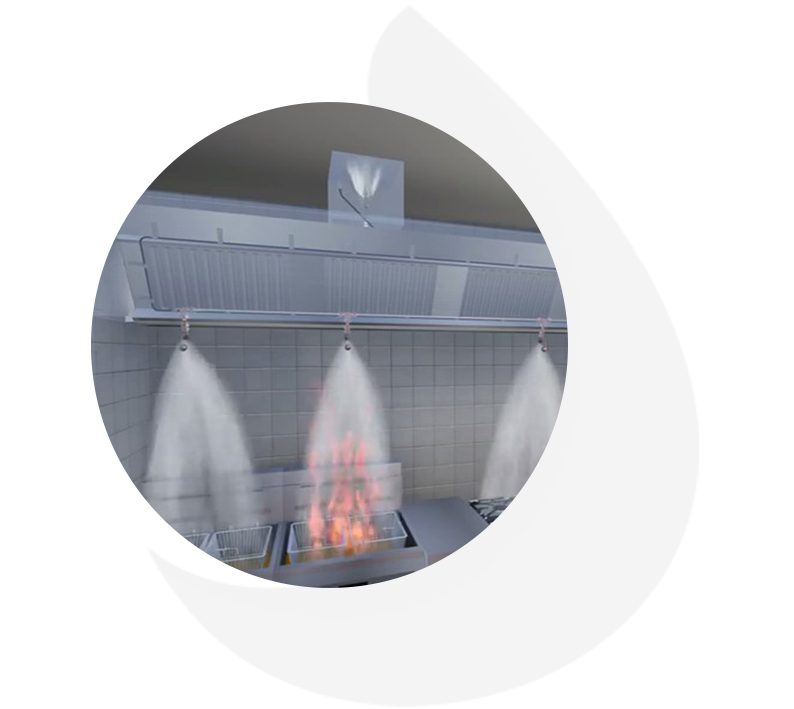
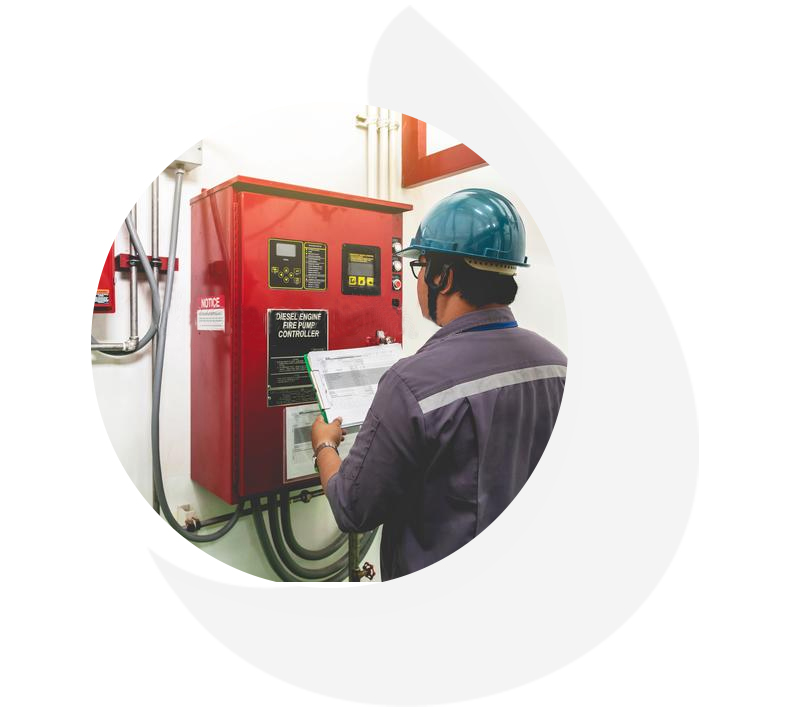
Inspections / Testing for Fire Systems
Inspections of Automatic Fire Sprinkler systems are required by State law. Many insurance companies require yearly inspection(s). Surgery centers, overnight stay health care facilities and buildings controlled by the California Offices of State Fire Marshals and/or the Department Of Defence are generally required to have their systems inspected more frequently. With the many different types of systems and requirements in place today, whether it be wet, dry, preaction, deluge or foam, Residental, Commercial or Industrial, it’s nice to know that one company has expertise to handle any of your inspection needs.
Fire Extinguishers
When purchasing a fire extinguisher for your business or home, it is important to understand the type of fire extinguishers that is required for your type of business. Our licensed technicians help you choose the best type, size, and location to meet NFPA 10 standards.
-
 Sales & Service
Sales & Service
-
 Annual Service
Annual Service
-
 New & Existing Commercial or Residential
New & Existing Commercial or Residential
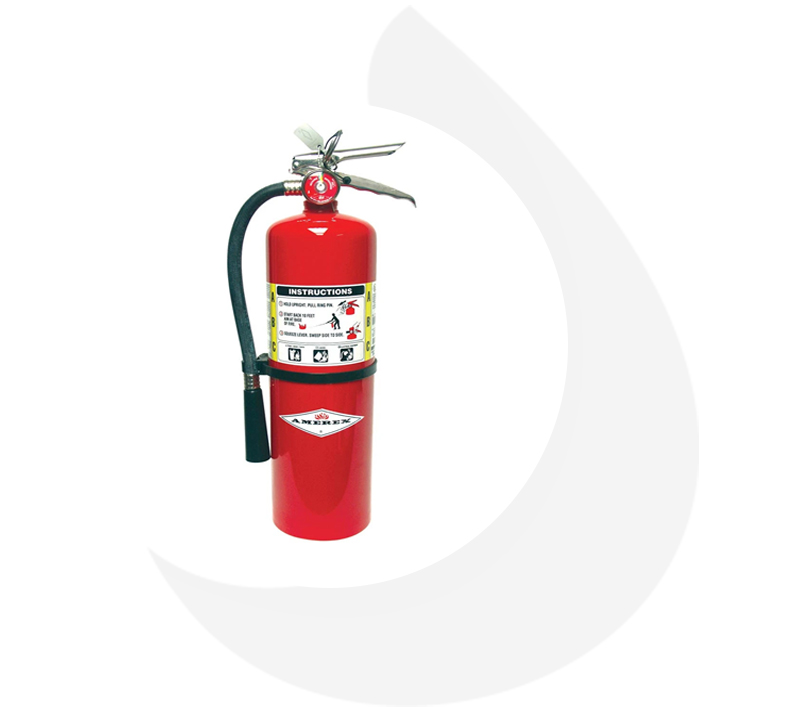
At LA Fire Protection there are no surprises
your satisfaction is our number one priority.
News
- Update: Second Draft of NFPA 1970 Is Posted and Available for Submissions of NITMAM Through...on October 4, 2023
In my continuing effort to keep interested parties apprised of the latest standards activity related to firefighting gear and conversations about the presence of PFAS, the second draft of the upcoming edition of NFPA 1970, Standard on Protective Ensembles for Structural and Proximity Firefighting, Work Apparel and Open-Circuit Self-Contained Breathing Apparatus (SCBA) for Emergency Services, and Personal Alert Safety Systems (PASS) has been posted online. The second draft is now available for submission of NITMAMs through November 1, 2023. (See below for explanation of a NITMAM.) Updating my previous blog, the Technical Committee responsible for NFPA 1970 removed the xenon arc light test from the standard, not just as a stand-alone test method as proposed in the first draft of NFPA 1970, but also from the proposed multi-conditioning procedure (9.1.21). Additionally, the Committee substantively changed the multi-conditioning procedure, which they described as intended to replicate the wear and tear a typical outer shell may experience (9.1.21). The Second Draft Report also incorporates other proposed changes the Committee made after the First Draft, including (but not limited to) the following: · Added explanatory material for the definition of PFAS; explaining that the measurement of PFAS in the standard is performed to report the total levels of PFAS in protective clothing materials and measuring levels of specific PFAS chemicals against restricted substance levels. (A.3.3.133) · Added specific testing requirements to verify a manufacturer’s “PFAS-FREE” gear claim. (6.5.11) · Added a requirement to make reported test results available as part of the user information. (6.5.12, 8.14.3, & Table 8.21(a)) · Revised the procedure and application for contamination removal efficiency testing, which was introduced in the First Draft. (9.9.3) · Updated a list of restricted substances (Sections 8.21 & 9.10) · Added a more extensive listing of requirements for per- and polyfluorinated compounds, including tests for total fluorine and total extractable organic fluorine. (Sections 8.21 & 9.10) · Added a new test method for liquid barrier performance, as measured by impact penetration and hydrostatic penetration, to protect against bloodborne pathogens. (Section 9.11) · Deleted the tests for liquid repellency and for leaching of material substances. (Sections 9.76 and 9.77 in the First Draft) The deadline to file a NITMAM is November 1, 2023. The Second Draft Report is posted and will be open for Notice of Intent To Make a Motion (NITMAM) until November 1, 2023. A NITMAM is a proposed amending motion for NFPA Membership consideration and debate at the NFPA Technical Meeting. These motions are attempts to amend the Committee’s recommended text published in the Second Draft. The NFPA Technical Meeting provides an opportunity for the NFPA Membership to propose amendments the Technical Committee Reports (i.e., the Committee’s work) on each proposed new or revised Standard. If certified by the Motions Committee and introduced at the Technical Meeting as a Certified Amending Motion, the NITMAM can provide an additional opportunity for discussion and debate at the Technical Meeting, which takes place at the NFPA Conference & Expo® each June. A NITMAM may be filed by anyone not satisfied with the work of the Committee and who meets the requirements of 4.5.3.5(c) or 4.5.3.6 of the Regulations. For more information on NITMAM please visit this webpage. Please see NFPA Technical Meeting for additional information on the topic. Depending on the results of the NITMAM process and the Technical Meeting, NFPA 1970 will proceed to the NFPA Standards Council for potential issuance in late 2023 if no NITMAMs are submitted and certified or in late summer of 2024 if NFPA 1970 has Certified Amending Motions under consideration at the NFPA Technical Meeting in June of 2024. Throughout the process to update NFPA 1970, the latest information can be found at nfpa.org/1970next.
- NFPA LiNK Provides Early Access to 2024 Editions of 20+ Codes and Standards, Including NFPA 70Eon May 9, 2023
For the past two years, NFPA LiNK® has provided professionals with an interactive digital alternative to hardcopy codebooks, offering access to NFPA® codes and standards on the user’s favorite device. On May 15, NFPA LiNK will be adding 25 additional codes and standards within the organization’s vast scope of publications, including the latest edition of NFPA 70E®, Standard for Electrical Safety in the Workplace®. For those unfamiliar with NFPA 70E, this standard establishes requirements for safe work practices to protect personnel by reducing exposure to major electrical hazards. NFPA 70E helps companies and employees avoid workplace injuries and fatalities due to shock, electrocution, arc flash, and arc blast, and assists in complying with OSHA regulations. Along with the National Electrical Code® and NFPA 70B, Standard for Electrical Equipment Maintenance, NFPA 70E aids professionals across the globe in maintaining electrical safety. In addition to the 2024 edition of NFPA 70E, new editions of 24 other NFPA documents will publish in NFPA LiNK on the 15th, including: · NFPA 30, Flammable and Combustible Liquids Code · NFPA 96, Standard for Ventilation Control and Fire Protection of Commercial Cooking Operations · NFPA 90A, Standard for the Installation of Air-Conditioning and Ventilating Systems · NFPA 556, Guide on Methods for Evaluating Fire Hazard to Occupants of Passenger Road Vehicles · NFPA 820, Standard for Fire Protection in Wastewater Treatment and Collection Facilities With staffing shortages plaguing the industry and valuable time at all-time low, all workers in the electrical, fire, and life safety space need to be able to readily access the most up-to-date codes and standards. No longer can individuals rely on a single team member to carry a codebook holding valuable notes in its margins and earmarks on commonly cited pages. It’s more important than ever for stakeholders to collaborate, share resources, and plan accordingly while in the design and build process. Innovative resources like NFPA LiNK are at the heart of enabling this productive way of work, offering: · Notetaking features for individuals to add personal notes and collaborate with others, share code sections, and work across teams · Interactive Change Indicators that make it easier to identify and understand changes and deletions made from edition to edition · Bookmarks to save custom collections for quick and easy reference · Navigation tools that enable users to bookmark text and quickly locate information · NFPA DiRECT®, a situational navigation tool to help professionals identify codes related to the unique projects they encounter Interested in learning more? NFPA recently debuted a supplementary NFPA LiNK YouTube channel, complementing the platform by providing users with tutorials and quick-start video guides for optimizing NFPA LiNK, as well as content discussing industry-specific codes, classifications, and requirements for electrical, fire, and life safety. For more information about NFPA LiNK, or to sign up for a free trial, visit nfpa.org/LiNK.
- NFPA 70B Is a Critical Tool for Reliability and Safetyon March 8, 2023
January 2023 was a significant month in the evolution of NFPA 70B as it transitioned from the Recommended Practice for Electrical Equipment Maintenance to the Standard for Electrical Equipment Maintenance. Issued by the NFPA® Standards Council on December 27, 2022, the 2023 edition of NFPA 70B, Standard for Electrical Equipment Maintenance, became effective on January 16, 2023, when it was approved as an American National Standard by the American National Standards Institute (ANSI). It has been 50 years since the first version of NFPA 70B was issued in 1973 as a recommended practice, which provided recommendations on what should be done. Now, the move to a standard provides more enforceability for what must be done when it comes to electrical equipment maintenance. That is a win-win for both the reliability of electrical equipment and the overall safety of the electrical systems and those individuals tasked with working on them. Why is electrical equipment maintenance important? Unexpected shutdowns can be detrimental to companies, yet they happen every day due to equipment failure. Just as vehicles require regular upkeep to remain reliable as usage and aging persist, maintenance is also vital for electrical systems to stay dependable when they are needed. Even more critical than the safety of the electrical system itself is the safety of those responsible for working on those systems. Equipment can be replaced; lives cannot. In part, the defined purpose of NFPA 70B is “to provide for the practical safeguarding of persons, property, and processes from the risks associated with failure, breakdown, or malfunction” of electrical equipment. An additional part of the scope also serves to provide “a means to establish a condition of maintenance of electrical equipment and systems for safety and reliability.” A key term within the defined purpose of NFPA 70B is condition of maintenance. If you work regularly with electrical codes and standards, that term may be familiar to you. According to a quick search using NFPA LiNK®, the term condition of maintenance is used 59 times in the 2023 edition of NFPA 70®, National Electrical Code® (NEC®), and six times in the 2021 edition of NFPA 70E®, Standard for Electrical Safety in the Workplace®. While the term is mentioned fewer times in NFPA 70E, establishing a condition of maintenance is paramount in being able to accomplish the requirements outlined within the pages of the document to help keep workers safe. As an example, NFPA 70E, Section 110.5(A), requires employers to implement and document an electrical safety program (ESP) that directs activity appropriate to the risk associated with electrical hazards. Additionally, the ESP is required to include elements that consider the condition of maintenance of electrical equipment and systems. Without question, electrical equipment that has not been maintained properly or is not functioning properly poses a significant additional risk to those who are working on that equipment and its associated systems. NFPA 70E states that we must address and consider conditions of maintenance for applications—for example, estimating the likelihood of severity in both shock risk and arc flash risk assessments. NFPA 70B is the standard that can now be both utilized and enforced, to ensure that the proper conditions of maintenance have been established. Along with NFPA 70B and NFPA 70E, it is also important to keep in mind that the NEC is an important part of this conversation. A code-compliant installation that has been designed, installed, and inspected in accordance with NEC requirements is foundational in being able to incorporate the other standards. Once installation has taken place, NFPA 70B can assist in the maintenance aspect, while NFPA 70E can provide the work practices necessary to keep employees safe, while also meeting Occupational Safety and Health Administration (OSHA) requirements. The NEC, NFPA 70B, and NFPA 70E all become critical components, one just as important as the others, in order to achieve the electrical cycle of safety. While it may take some time for jurisdictions to determine how to best utilize and enforce NFPA 70B, the NFPA Standards Council’s recent decision to make the document a standard opens the door to that possibility. Because proper maintenance is critical to achieving reliability and safety of electrical equipment and systems—and, more importantly, the safety of workers that interact with them—it is well worth the effort to enforce NFPA 70B as a standard, making it another tool to assist in achieving overall electrical safety in the world. Find out more information and gain free access to the standard by visiting the NFPA 70B document information page.




